
Here Are 10 Tips For Enchanting Flower Photography That I’ve Found
Have you ever looked at a bunch of flowers, or walked through a garden or park and thought the flowers would make a fantastic subject for a photograph?
Have you struggled to capture a mood or a style that really makes them stand out as a memorable shot that you’re happy with?
Do you look at other people’s photos with envy and wish you could take those sorts of shots?
Then you’ve come to the right place as I’m going to share with you ten tips on flower photography that I’ve found work amazingly well to help you get great images, EVERY time!
More info: dpture.com
Your subject is the key to success
Make sure that what you are going to shoot is pleasing to the eye. A nice flower will always look better than a withered one (although it can work in some shots – I’ll come to this later) but don’t discount something that’s unique. A petal out of place, or a different coloration can lead the eye into the scene and give you an appealing photo. Remember it’s your shot – even if it’s of a flower that’s been shot a thousand times by others you can put your own unique stamp on it and make the picture your own.
Light Light Light!
Light is one of the most important factors in photographing flowers. Too dark and you’ll lose the impact of the image. Too light and you run the risk of blowing out your highlights and losing detail. The perfect balance is a well-exposed shot with little or no peaked highlights and strong detail.
If the scene is too dark and you need to add light, don’t be afraid to experiment! A phone torch, handheld flashlight, or dedicated photography fill light are great options. Try altering the direction that you’re providing the light from and the intensity, and if you have the option, play with colors too – the whole feel of the image can be changed by literally changing the direction that you’re illuminating it from so try a few different angles – don’t be afraid to experiment!
Depth Of Field – knowing when to f-stop?
Another important factor is the depth of field that you’re shooting with. If you’re using a mobile phone to take the shot then there are a few options on most phones to play with the f-stop, or aperture width, in Pro-Photo mode or similar and if you’re using a camera, try shooting in Aperture Priority mode to give you control over the aperture but not needing to worry about ISO or shutter speed.
Ideally, you want to get the flower in focus as much as possible and the background nicely blurred. Depending on your camera or phone system somewhere between f/4.5 and f/5.6 is a good starting point as this will give a reasonable amount of detail to the subject but should throw the background nicely out of focus to stop it from becoming a distraction and keep the viewer interested in the details of the image.
A handy side effect of using a fairly wide aperture is Bokeh – the round, out-of-focus balls that you sometimes get from light sources on an out-of-focus background. This can really set a scene and provide some interest in the image without becoming overpowering and detracting from the subject.
Composition – less is more, sometimes!
Occasionally you may want to pick a single flower to photograph, like a rose for example, and this becomes your subject that’s framed by a nice contrasting background (black works well for red roses!) to create a striking scene.
But sometimes, especially out in a garden or park, a group of flowers looks more appealing if you keep the grouping together. It’s also good to remember that a group of flowers doesn’t all need to be in focus – experiment with where you’re focussing and try to zone in on a single flower head. The other flowers in the group will then blend away from the main subject and give a nice soft look to the image and complement your subject well.
Don’t be afraid to mix it up either – a foreground daisy with a blurred background of yellow buttercups in grass really makes for a nice composition!
Gear matters
The age-old argument that gear doesn’t matter is mostly true, except sometimes you need a little extra to help you get the shot you want.
A small travel tripod is a great addition and will help you get nice steady shots. Remember, you don’t need something 2 meters tall, but something that can let you get down low to get the perspective like you’re walking among the flowers instead of towering over them!
Whether you’re using a mobile phone or the latest mirrorless camera, keeping things steady can help you get the image right, the first time. If you’re outdoors, carrying a piece of white card to reflect sunlight can also be a great addition and doesn’t cost the earth either. If you’re indoors, it can be used to diffuse light around your subject which can give a nice soft pleasing look too.
Macro lenses are useful, but a standard kit lens can get great results too if you get your settings right.
Beauty Is In The Eye Of The Beholder
Occasionally a withered or dying flower can give a whole new dimension to an image. The detail that you can get from a drying petal or dying leaf can give you something to set your image apart from the crowd. Try shooting in black and white too – some of the most colorful flowers look even better when converted into monochrome as it stops the viewer from getting distracted by the colors and seeing more of the details. Don’t be afraid to increase contrast on the image too – light and dark sections can really come alive and complement each other when they’re pushed a little with the contrast slider!
It’s worth remembering though not to push too far – it’s very easy to get carried away with the sliders. Remember we’re looking for something that we can still recognize as a flower! Which leads nicely to the next tip.
A Bug In The System
Sometimes you’ll come across a flower that has a bug on it and this can give a great focal point but it takes some care and practice! If you’re shooting with a long zoom lens, having the extra distance away from the bug will help you get the shot without disturbing it. If you need to get closer though, do things very slowly. Once you get used to shooting bugs though you’ll find it much easier to spot them and incorporate them into your image without scaring them off. Remember though, they don’t stand still for long so getting lined up with your shot will be a case of balancing speed and stealth to get the image you want. Don’t be afraid of failure – it’s all good practice and soon you’ll nail that perfect shot of a bug on a flower!
Sunshine and showers
Shooting flowers after rain is one of the great challenges but one of the most rewarding because of it.
The look of fresh raindrops on petals is a classic look and one that’s difficult to get out in the field due to the nature of having to time things just right with the light, the rain, and the wind!
I’ve found that if you can get out just as the rain is easing, you’re more likely to get a shot of the raindrops before they start to run off and the inevitable wind gets up blowing things around and making it hard to get your scene in focus. There’s also the cheat method though, by using a spray bottle and a hand-picked flower in front of a window you can recreate the effect but have much more control over the subject and also add in little extras like light, color, and backgrounds too!
Know your camera
It kind of goes without saying that before you can dive in and get some more advanced shots you need to know how to change the settings on your camera or mobile phone to get the best out of it. Experiment with your settings, adjust your aperture, play with the depth of field, and remember what each of them looks like.
In no time you’ll be able to dial those settings in without much trouble and get the shot you’re wanting with the minimum of fuss. Learning how to use your gear is one of the most rewarding things you can do and will pay dividends in helping you get more shots, with the look you’re after, and with the confidence that you know why these settings work for the shot you’re taking.
It’s All In The Edit
A common misconception is you have to heavily edit your photos to get the “professional” look. Certainly, with flower photography, this isn’t the case and sometimes the camera’s JPG is so good it needs no editing at all! If you’ve got the lighting, depth of field, and composition right you’ll find most shots will look amazing straight out of the camera. It doesn’t mean you don’t have to edit, but it means it’ll be a lot nicer to start with!
2Kviews
Share on Facebook
 Dark Mode
Dark Mode 

 No fees, cancel anytime
No fees, cancel anytime 






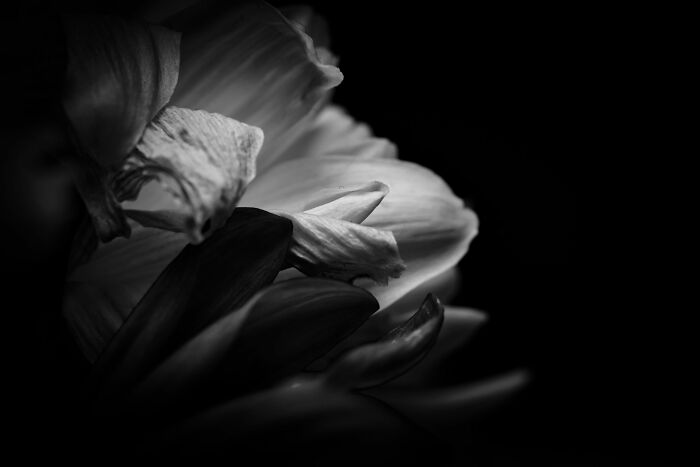
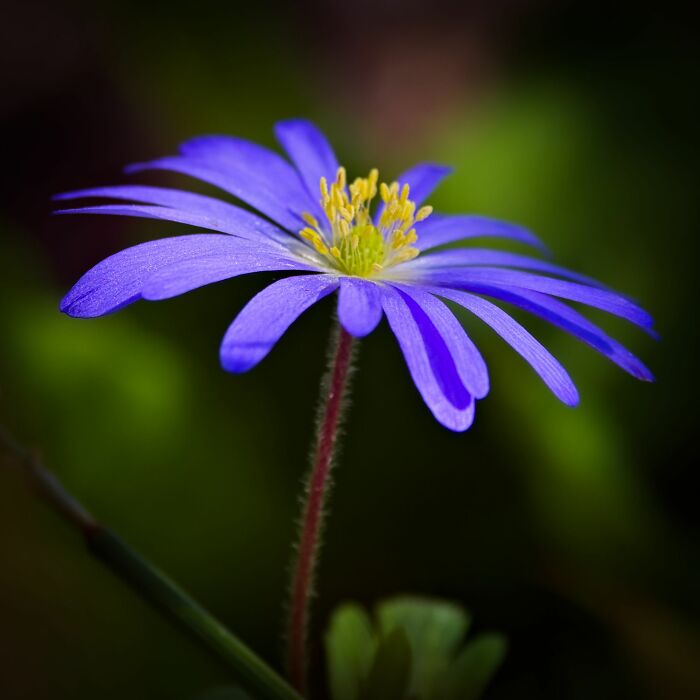

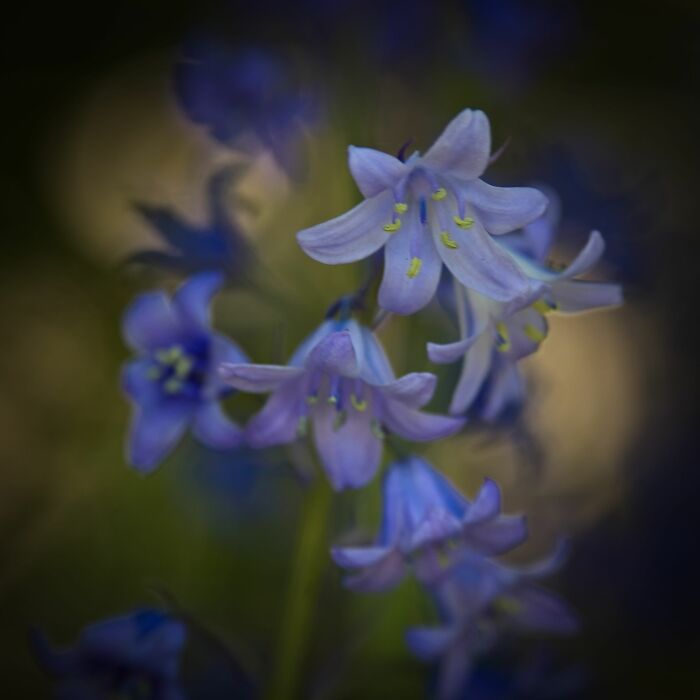
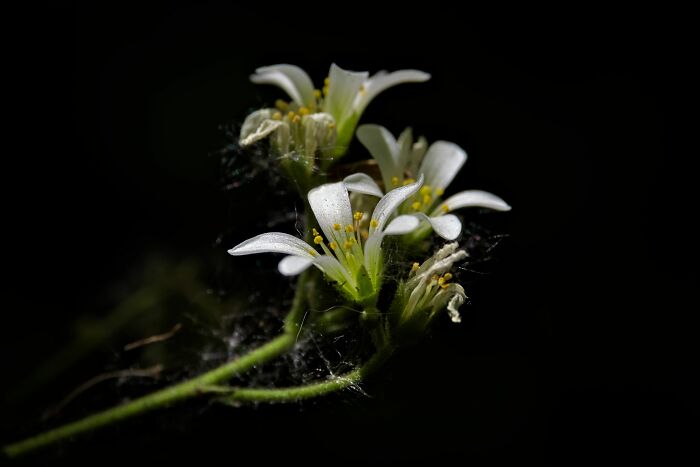
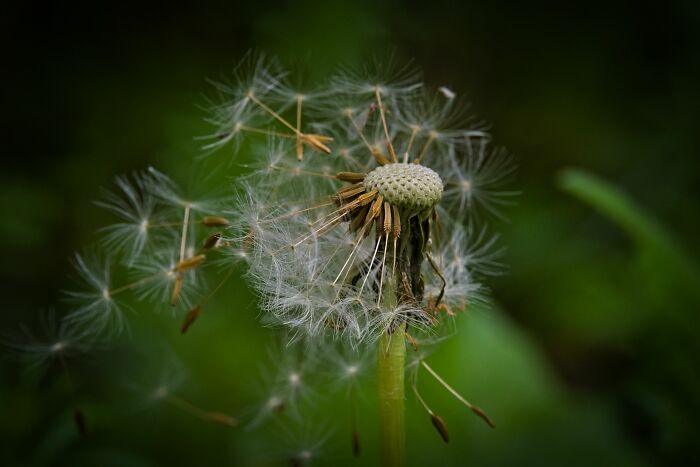
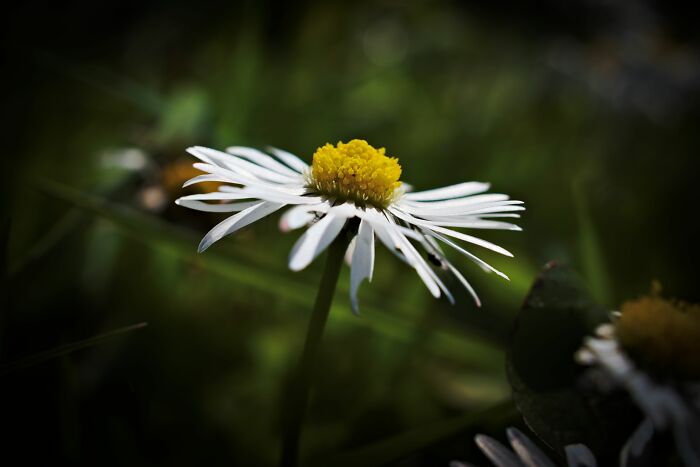
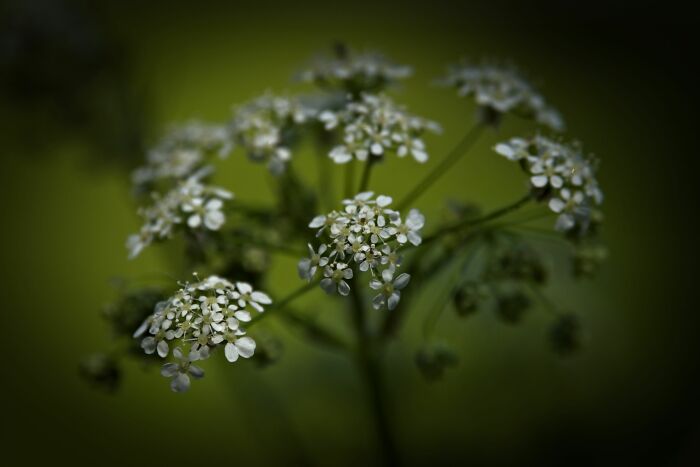
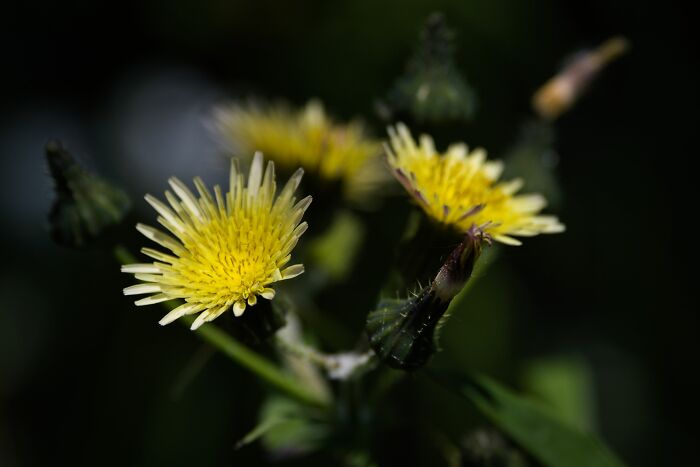
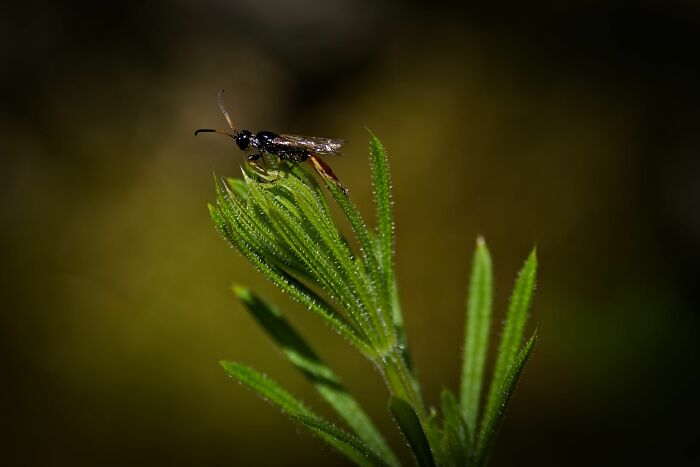












































14
0